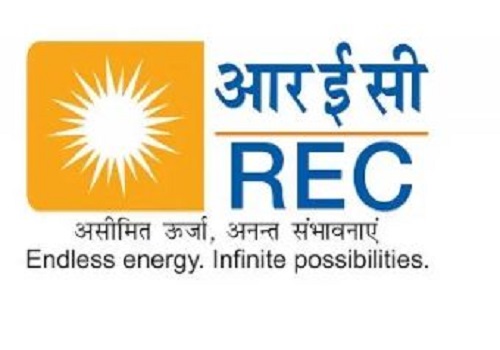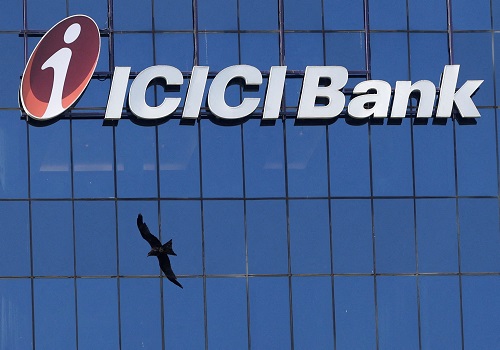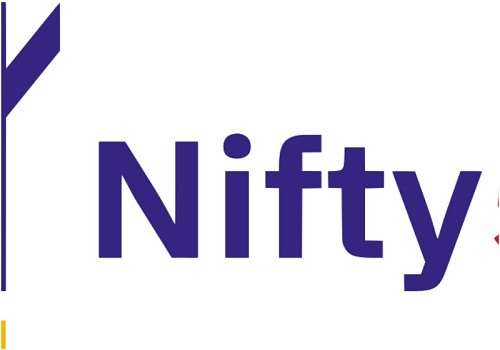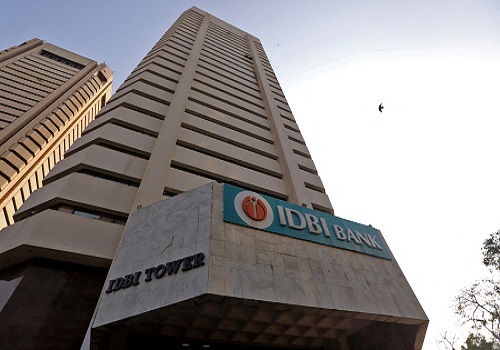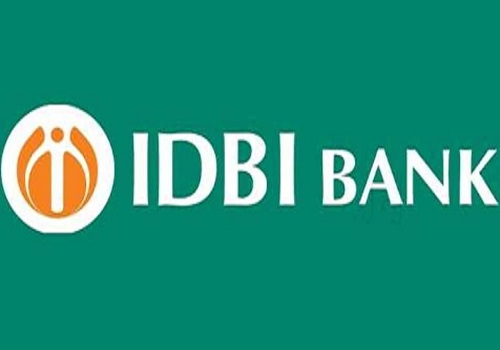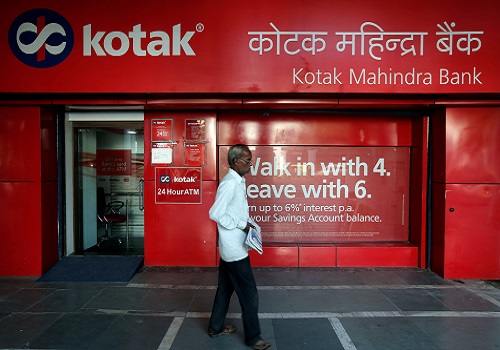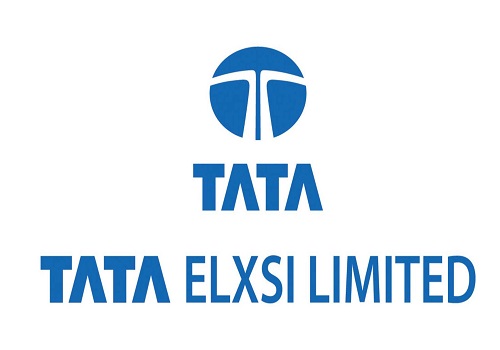Buy State Bank of India Ltd For Target Rs. 860 - JM Financial Institutional Securities
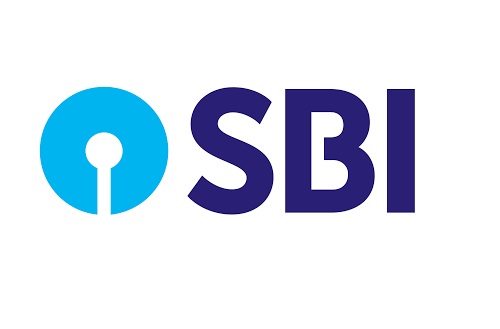
* Well positioned to deliver ~15% growth in FY25E:
: SBI remains confident of delivering ~15% loan growth in FY25E. Given that SBI's domestic LDR ratio remains comfortable at ~67%; management believes that growth aspirations are realistic despite systemic pressure on deposits. Retail loans are expected to continue healthy growth momentum, (15% YoY in 3QFY24) while SME segment is likely to outperform other segments (17- 18% YoY growth). Within agri segments too, SBI intends to focus more on SME segment. Management also highlighted that the capex momentum has started picking up as it has ~INR4.5trln worth of credit proposals in pipeline out of which ~70% are from the private sector (indicating a shift in corporate demand towards private sector). This should aid in wholesale growth to accelerate in FY25E from current levels of 10.7% YoY in 3QFY24 (for domestic corporate loans). Given that capacity utilisation for the system is at ~80%, the management believes growth trajectory will accelerate post general elections and corporate credit could grow at ~15% in FY25E
* Margins to remain stable; some moderation in fees likely:
SBI indicated that NIMs are likely to remain stable around current levels (domestic NIMs at 3.34% in Q3FY24) and does not expect any further deposit rate hikes going forward. It believes that CD ratio will inch up to ~68-69% by FY24-end. The bank also indicated that MCLRs should also be stable (~37.5% of the book is currently linked to MCLR). With respect to other income, SBI indicated some pressure on the government-led business given increased competition and the bank's strategy to not charge customers for liability fees. To offset the same, SBI is taking efforts to grow its forex business. We expect SBIN to deliver NII growth of 12% CAGR over FY24-26E and estimate overall net revenues to grow at 10% CAGR over the same period.
* Employee costs to normalize as wage revision concludes at 17%:
While opex in 3QFY24 was impacted by higher wage costs, the management aspires to achieve 48-49% costincome ratio over the medium term. Total impact of wage revisions and pension provisions stood at ~INR180bn. With respect to wage revision provisions, SBI has taken impact of ~INR 71bn in 3QFY24 and will take ~INR 54bn impact in 4QFY24 as wage increment was finalized at 17% against earlier anticipation of 15%. From FY25, employee costs per month would be higher by INR 5bn. The management has guided for employee costs to range around INR 660bn in FY25 vs ~INR 770bn in FY24. At the same time, other opex is likely to grow 10% YoY. We build cost-to-avg assets at 1.8% over FY25E/FY26E for SBIN
* Valuation and view:
SBI’s core fundamentals continue to be stable while delivery on the growth front along with sustained margins and controlled credit costs (expecting GNPA to reduce further from current levels of 2.4%) should drive healthy return ratios of 15- 18% RoEs and 1-1.1% RoAs; though the aspirational target is set at 1.2% RoAs. Management expects CET1 to reach ~11% by Mar’24 (from current levels of 9.1%) driven by strong profitability in FY24E (currently considering 9MFY24 PAT, CET-1 stands at 10.4%). We value SBIN’s core banking business at 1.25x FY26E BVPS to arrive at our SoTP-based target price of INR 860. Maintain BUY.
Please refer disclaimer at https://www.jmfl.com/disclaimer
SEBI Registration Number is INM000010361
